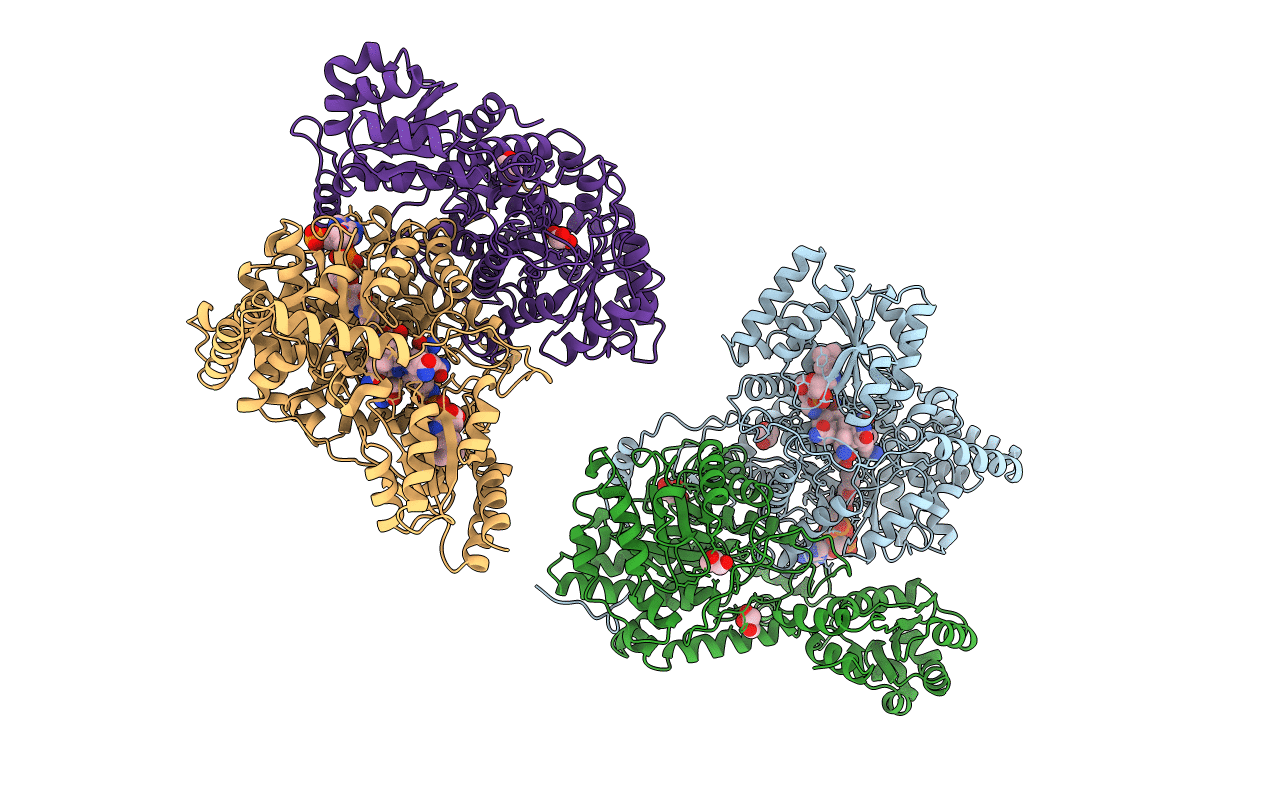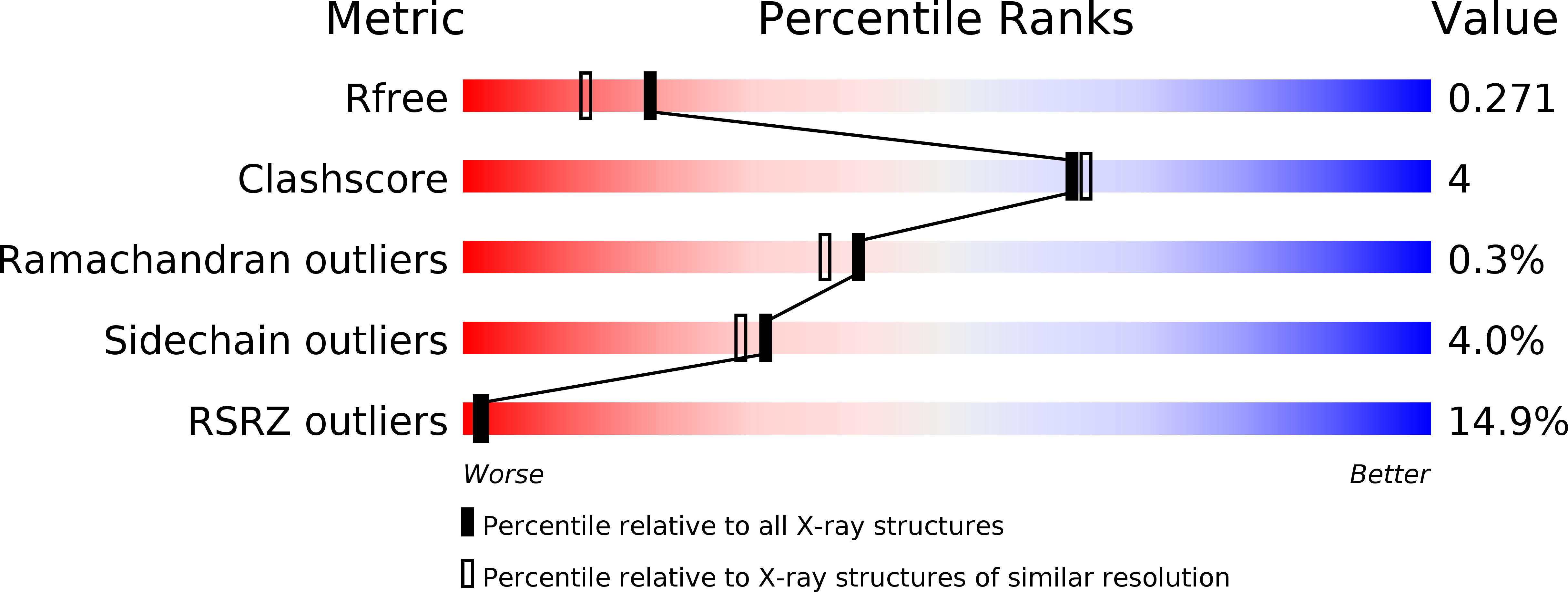
Deposition Date
1996-01-19
Release Date
1997-01-27
Last Version Date
2024-02-14
Entry Detail
Biological Source:
Source Organism:
Host Organism:
Method Details:
Experimental Method:
Resolution:
2.00 Å
R-Value Free:
0.27
R-Value Work:
0.22
Space Group:
P 1 21 1


